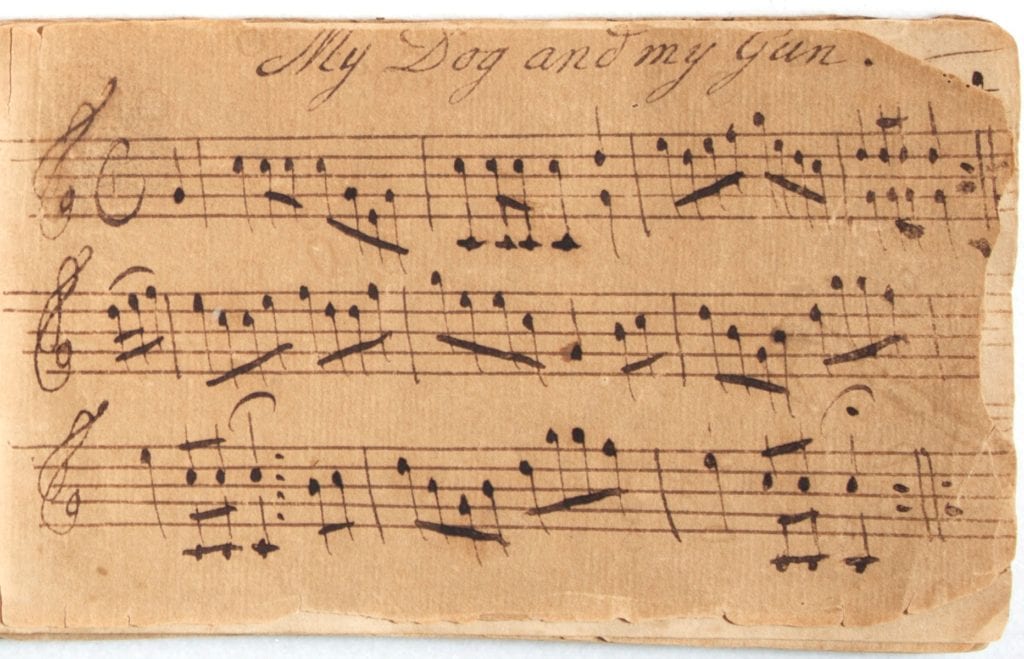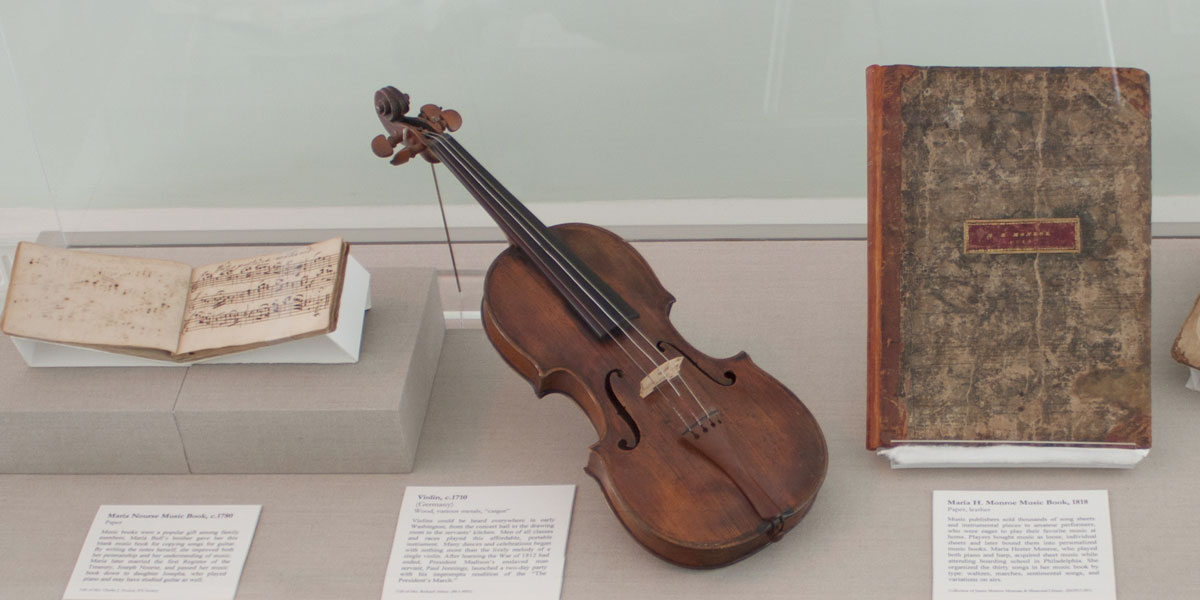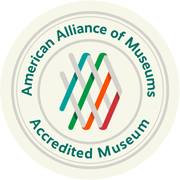Americans in the federal era loved playing and listening to music as much as we do today. They marched, snag, and danced with gusto, expressing their patriotism, heartfelt sentiments, and satirical humor through song. As the new capital city of Washington, DC grew in the early 19th century, so did its musical offerings. Residents took in concerts at theaters, hotels, and assembly rooms; they listened to the fifes and drums of the U.S. Marine Band at the Navy Yard. They also played music at home.
Members of Washington’s cultural and political elite played music at a variety of social events, from small family gatherings to balls with hundreds of guests. Listeners took pleasure in the opportunity for relaxation and cultural refinement that a musical performance offered. Music also enlivened the entertainment and created much-desired opportunities for dancing.
Parents believed that music was an important part of their child’s education. Music complimented more rigorous academic studies, built skills to discipline the mind and body, and even helped prepare young men and women for courtship. Music was one of the few arenas in which members of the opposite sex could share their talents and perform together.

Men and women did not play the same instruments. Instruments like the flute or violin required the player to distort his face or postures, and were therefore considered unfeminine and improper for a woman to play. Instead, girls learned the harp, guitar, or pianoforte.
By the end of the 18th century, the pianoforte had replaced the harpsichord as the most popular instrument women played. Between the cost of the instrument, lessons, and music books, however, most people could not afford to own a pianoforte. As it was often the most expensive domestic object someone owned, a pianoforte became a clear sign of wealth and status for privileged families.
Music books help us understand the instruments and songs their owners played. Amateur musicians in Washington, like Maria Nourse and Eliza and Maria Monroe, whose music books are exhibited here, played a variety of popular instrumental and vocal music. They tended to play the familiar, simple songs they would have hear din public – the dances, ballads, marches, light airs, and traditional tunes that most Americans of the time would have recognized and appreciated.
The music books and instruments in this exhibit remind us that women and men in early Washington enjoyed a lively music culture. One can imagine their fingers drawing the bow across this violin, covering the holes of this flute, or turning the pages of these music books. How do our contemporary musical tastes, instruments, and motivations for learning and playing music compare to the music in the Federal era?







